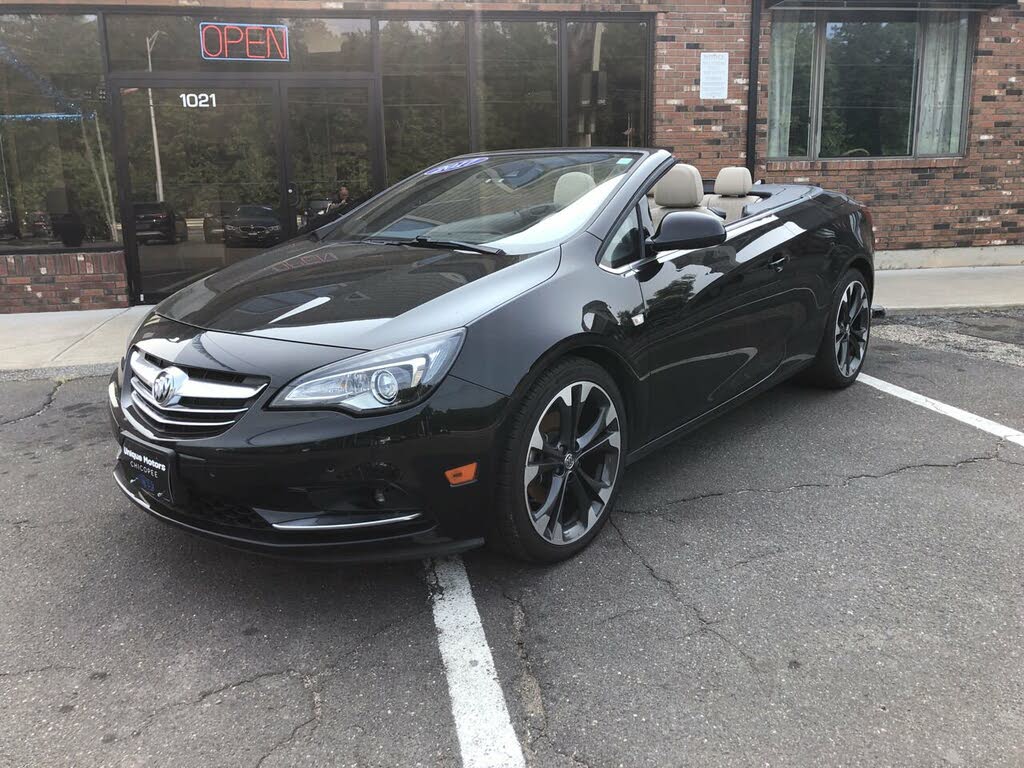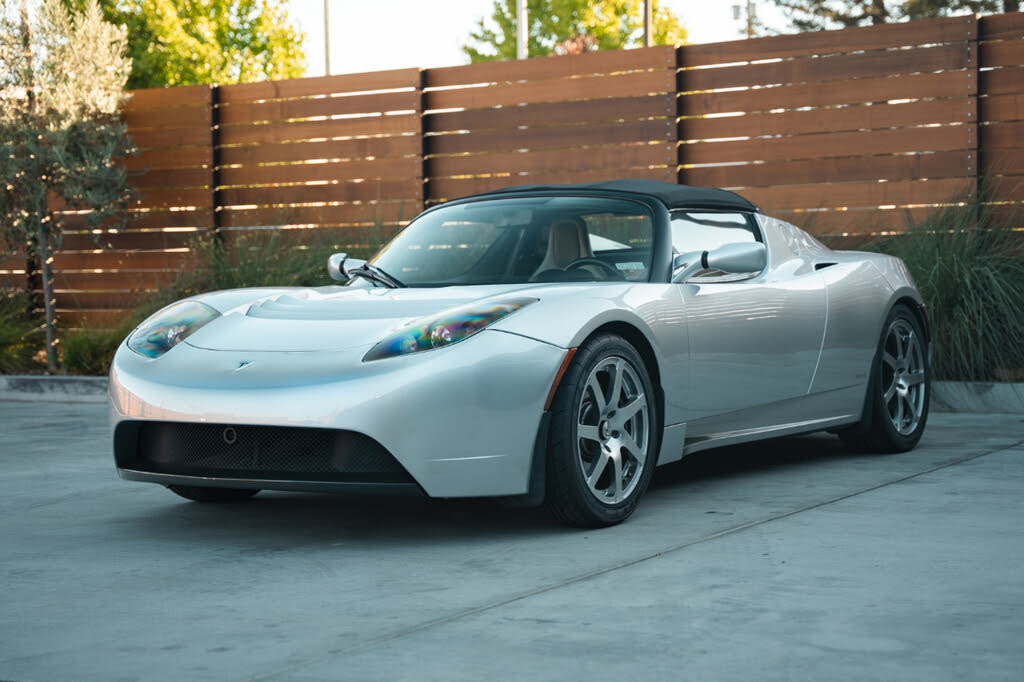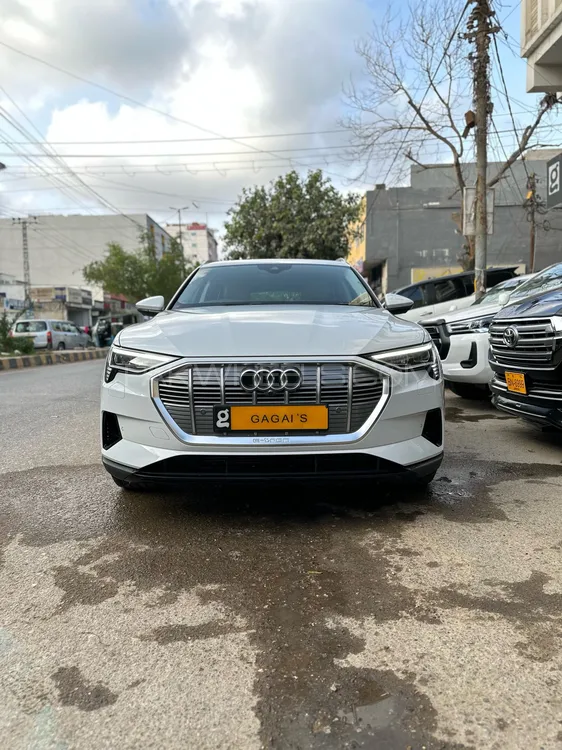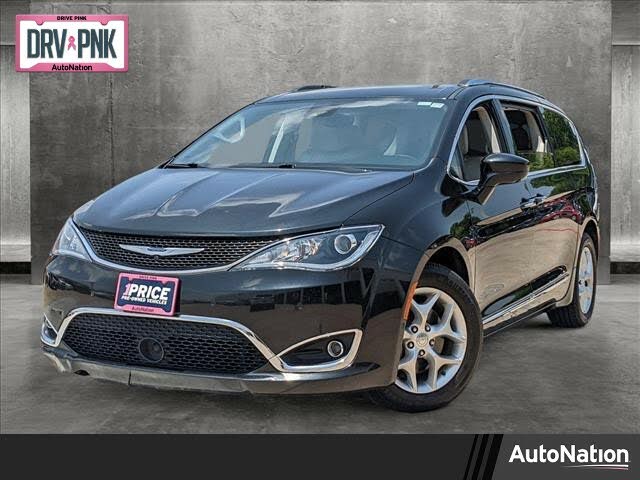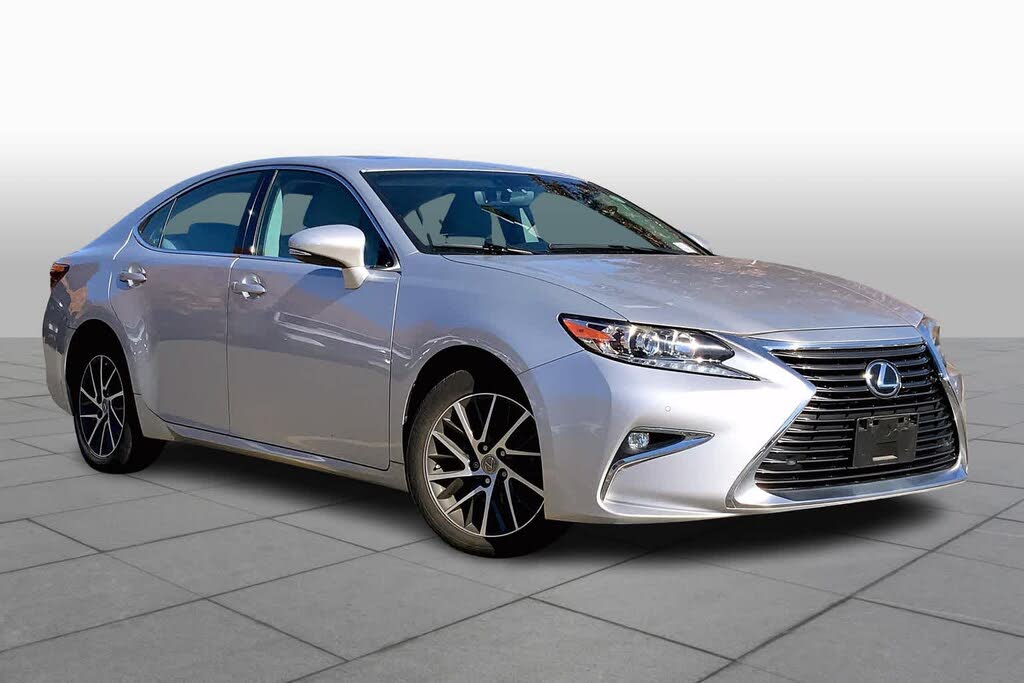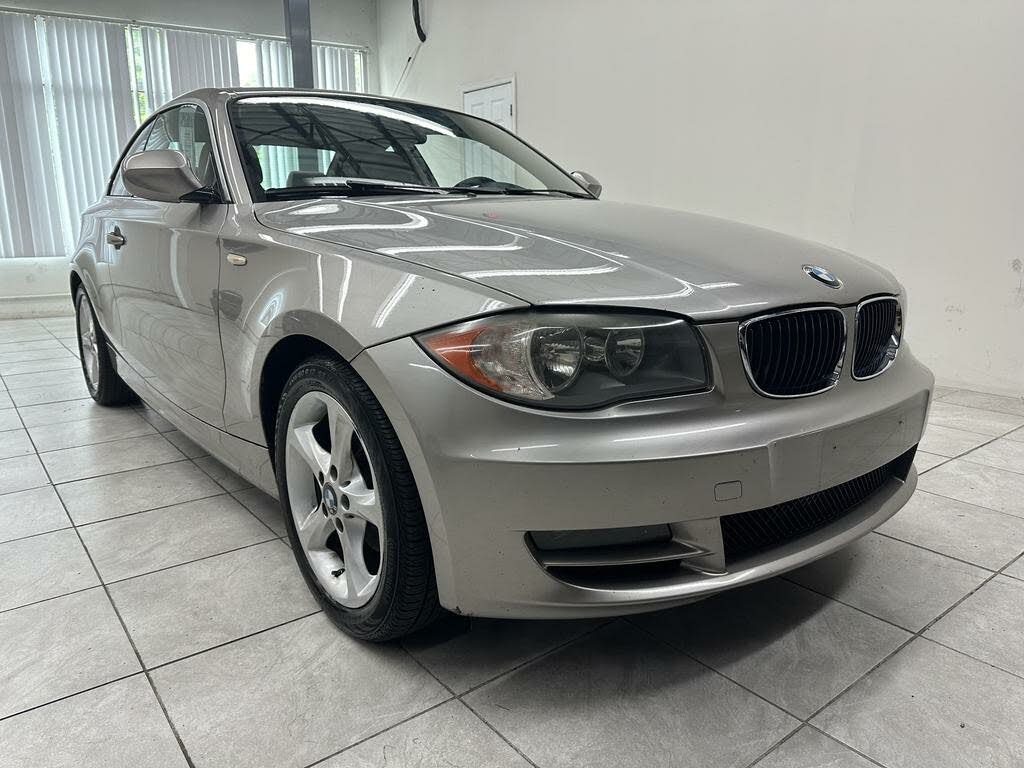Jaguar F-Pace Review: The Performance SUV That Drives Like a True Jaguar
Featured Snippet: The Jaguar F-Pace combines sports car dynamics with SUV versatility, offering supercharged V-6 power (340-380 hp), agile handling, and a luxurious interior. While it faces some electronic glitches, its driving experience sets it apart from Land Rover counterparts and German rivals.
When Jaguar decided to enter the booming SUV market, it faced a curious dilemma. As part of the Tata Motors family alongside Land Rover, the logical move would have been to rebadge an existing Land Rover model. Yet Jaguar insisted on creating something entirely new—an SUV that could genuinely drive like a Jaguar. The result? The F-Pace, a vehicle that bridges the gap between sports sedan agility and SUV practicality.
Why the F-Pace Stands Apart from Land Rover
Unlike Land Rover’s rugged, off-road-focused SUVs, the F-Pace was engineered for on-road performance. Built on the same platform as the Jaguar XE and XF sedans, it prioritizes:
- Precise steering feedback
- Minimal body roll in corners
- Immediate throttle response
- A lower center of gravity than traditional SUVs
This focus makes it one of the few SUVs that delivers a genuinely sporty driving experience—something neither the Range Rover Sport nor Evoque could replicate.
Exterior Design: Jaguar’s Signature Styling in SUV Form
The F-Pace carries Jaguar’s unmistakable design language into the SUV segment. Key styling elements include:
- Distinctive front fascia: Slim LED headlights flanking the iconic mesh grille
- Muscular proportions: A long hood, short overhangs, and wide stance (81.5 inches—wider than a BMW X5)
- Aerodynamic profile: Flowing roofline and pronounced wheel arches
While the design enhances its sporty character, the high beltline and small rear window compromise rear visibility—a common trade-off in performance-oriented SUVs.
--TOP ADVERTISEMENT HERE--
Performance: Sports Car DNA in an SUV Body
At launch, the F-Pace offered two versions of Jaguar’s supercharged 3.0-liter V-6:
| Engine | Horsepower | 0-60 mph | Top Speed |
|---|---|---|---|
| 3.0L Supercharged V-6 | 340 hp | 5.4 seconds | 155 mph (limited) |
| 3.0L Supercharged V-6 (S) | 380 hp | 5.1 seconds | 155 mph (limited) |
Both engines deliver:
- Instant throttle response with minimal turbo lag
- A satisfying supercharger whine under hard acceleration
- Seamless power delivery via the 8-speed automatic transmission
Handling and Ride Quality
The F-Pace shines in corners, offering:
- Precise, well-weighted steering
- Minimal body lean for an SUV
- Strong grip from the standard all-wheel-drive system
The trade-off is a firm ride, especially with the optional adaptive dampers. While it handles broken pavement better than a true sports car, comfort-focused SUVs like the Mercedes GLC absorb bumps more effectively.
Interior: Jaguar Luxury Meets Practicality
The F-Pace’s cabin blends Jaguar’s traditional craftsmanship with SUV functionality:
Strengths:
- Driver-focused layout: Cockpit-style dashboard with intuitive controls
- Premium materials: Soft-touch surfaces and optional leather upholstery
- Spacious cargo area: 33.5 cu-ft behind rear seats, expanding to 63.5 cu-ft
Weaknesses:
- Inconsistent material quality: Hard plastics on lower surfaces
- Tight rear seat: Low seating position reduces thigh support
- Base model shortcomings: Vinyl upholstery feels inferior to rivals’ standard leather
